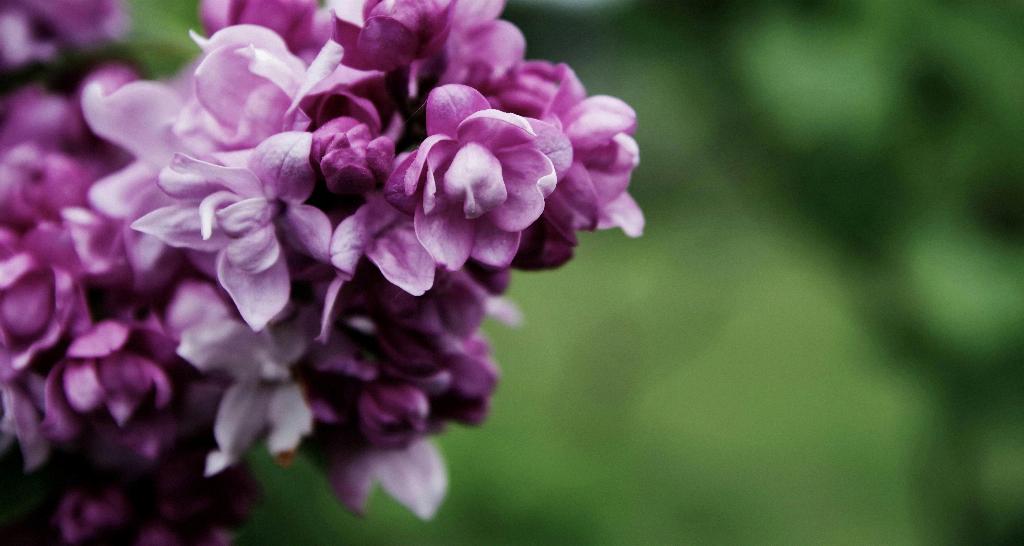Starting lilac bushes in your garden can bring a touch of elegance and beauty to your outdoor space. If you want to embark on this journey of adding these lovely shrubs to your landscape, there are a few key steps to keep in mind to ensure their successful establishment and growth.
Understand the Planting Process
When it comes to planting lilac bushes, it’s crucial to create a suitable environment for them to thrive. Begin by preparing a deep and wide planting hole that can accommodate the plant’s root system. The top of the root ball should be level with the surface of the hole to promote proper growth.
Backfill with Native Soil
After placing the lilac bush in the hole, backfill it with the native soil to provide the plant with a stable base for root establishment. This will help the roots spread out efficiently and absorb essential nutrients from the soil.
Watering Schedule
During the initial stages of planting, it’s important to establish a consistent watering schedule for your lilac bushes. Adequate watering, especially in the first couple of years, will help the plants establish strong roots and develop a healthy growth pattern.
Sunlight Requirements
Lilac bushes thrive in well-drained soil and prefer full sunlight to partial shade. Ensure that your planting location receives ample sunlight throughout the day to promote optimal growth and abundant blooming.
Soil Quality
Before planting your lilac bushes, it’s essential to assess the quality of your soil. Lilacs prefer slightly alkaline soil with good drainage. If your soil is acidic, consider adding amendments to adjust the pH level and improve overall soil quality.
Mulching
Applying a layer of mulch around your lilac bushes can help retain moisture in the soil, suppress weed growth, and regulate soil temperature. Mulching also adds a neat and polished look to your garden while providing essential benefits to the plants.
Pruning Practices
Pruning your lilac bushes is essential to maintain their shape, promote healthy growth, and encourage abundant flowering. Regular pruning, particularly after the blooming season, allows the plants to focus their energy on new growth and blossom production.
Fertilization Needs
While lilac bushes are relatively low-maintenance, incorporating a balanced fertilizer in the early spring can enhance their overall health and vigor. Select a fertilizer with the appropriate nutrient balance to support robust growth and vibrant blooms.
Pest and Disease Management
Keeping an eye out for common pests and diseases that may affect lilac bushes is crucial for their long-term health. Be proactive in inspecting your plants for any signs of infestation or disease, and take timely measures to address these issues.
Support and Staking
If you’re planting young or delicate lilac bushes, consider providing support and staking to help them establish a strong and upright growth habit. This extra support can prevent bending or breakage, especially in windy conditions.
Seasonal Care
Throughout the growing season, it’s important to provide consistent care and maintenance to your lilac bushes. Monitor their growth, water them as needed, and address any issues promptly to ensure they thrive and flourish in your garden.
Enjoy the Beauty of Lilac Bushes
By following these key steps and best practices, you can start your lilac bushes successfully and enjoy their enchanting beauty and delightful fragrance in your garden. With proper care and attention, your lilacs will become a stunning addition to your outdoor space, attracting admiration and awe from all who see them.

